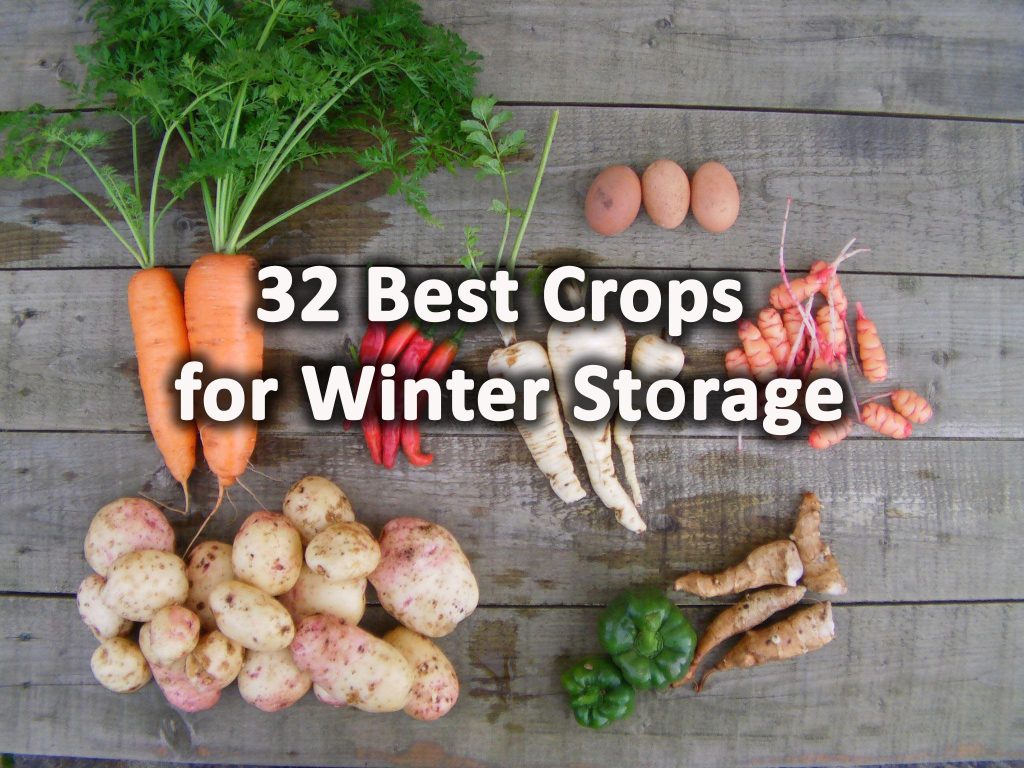Growing vegetables for the table is a big part of becoming more self sufficient. However where ever you live in the world it is likely there will be parts of the year that are more productive than others.
This is particularly so in temperate regions which have warm summers and cold winters. While summer and autumn can be bountiful, spring and summer can be a completely different story.
If you are aiming to be self sufficient in food therefore storing harvests for later consumption is essential. Storing crops is a practice that goes back to the beginning of agriculture. Many rural communities in Europe such as Romania still store vegetables all winter to this day. There are many methods of storing different vegetables during the winter months.
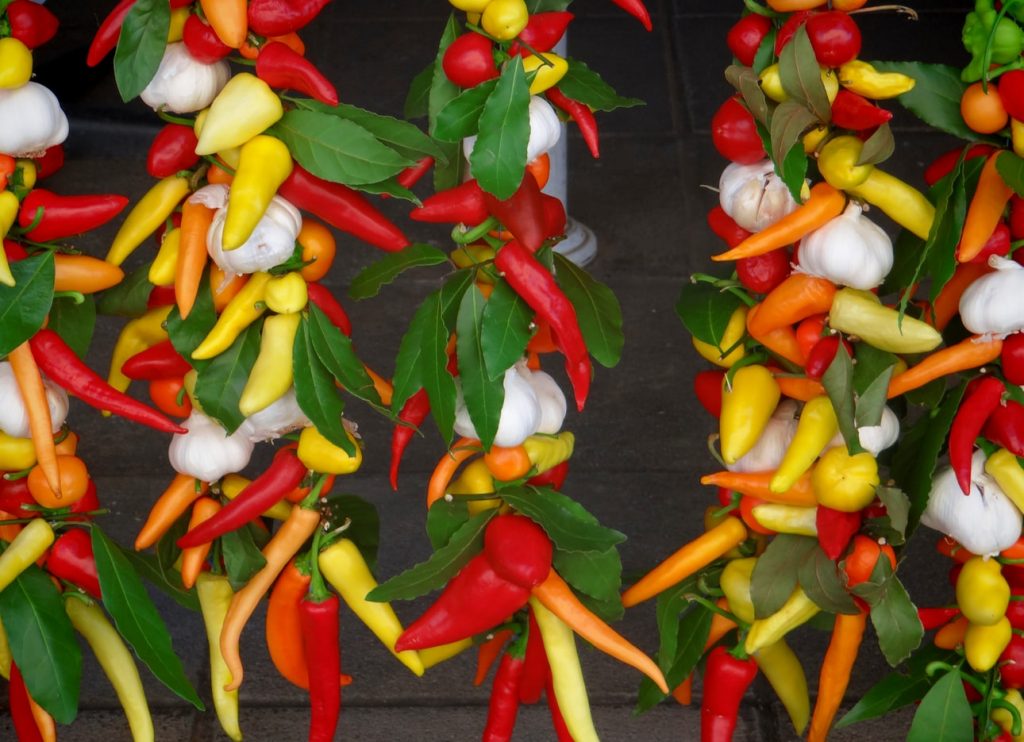
Some vegetables can simply be left in the ground until spring. This is true for leeks, kale, spring cabbage, spring greens and some tubers. The most common methods involve storing in a cool dark place or covered in dry materials.
In other situations damp sand is more appropriate. It really depends on what crops you grow and what resources your homestead has to hand.
Other methods of storing include; canning, pickling, drying, making jams, chutneys, pickles and winemaking. In this article we will list the best 32 crops for winter storage and how to store them.
1. Winter Squash
Winter squashes include Pumpkins, Butternut squashes, Turks turban and can come in a range of shapes and sizes. These are absolutely perfect for winter storage and are perfect roasted in soups, stews and curry’s. These need a long summer to ripen and must be allowed to develop a think outer skin. If you can’t pierce the skin with your figure it is storage ready, store in a cool, dark and dry place.
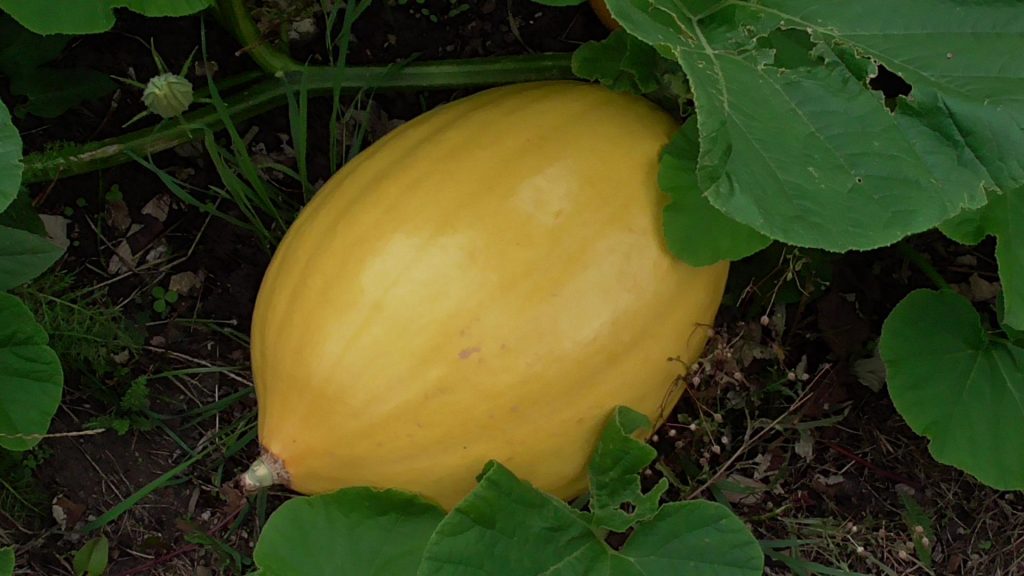
2. Potatoes
Potatoes are one of the most valuable crops to store on a homestead due to their levels of high carbohydrate. Do not wash your potatoes after harvesting, simply let them dry out and brush off loose dirt. These store well in boxes of dry sand in a cool or dark place but you will need some ventilation to prevent spoilage.
3. Onions
Onions are classic crops which are very versatile and worthwhile storing for the winter. These can be tied up in nets and hung in a cool, dry place with good ventilation. Alternatively you can place them on a storage rack in the kitchen.
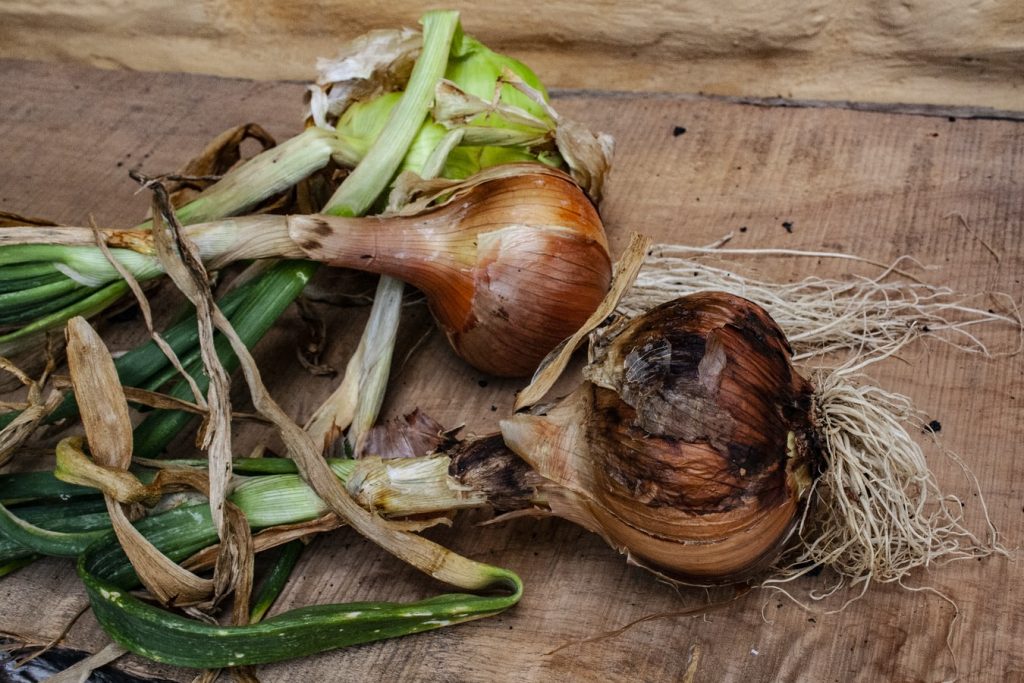
4. Garlic
Like onions garlic can be stored very much in the same way, as with onions they should be left to dry in the sun for a day after harvest. They can be tied up together using the dried foliage and kept in a dark, dry place at room temperature. Some garlic’s do actually keep in the ground over winter but the bulbs can start to divide.
5. Carrots
Carrots are a much loved vegetable which can be enjoyed in so many ways! To store carrots from the garden it is best to keep them cool but with some moisture. This can be done with layers of damp sand and coverings of straw.
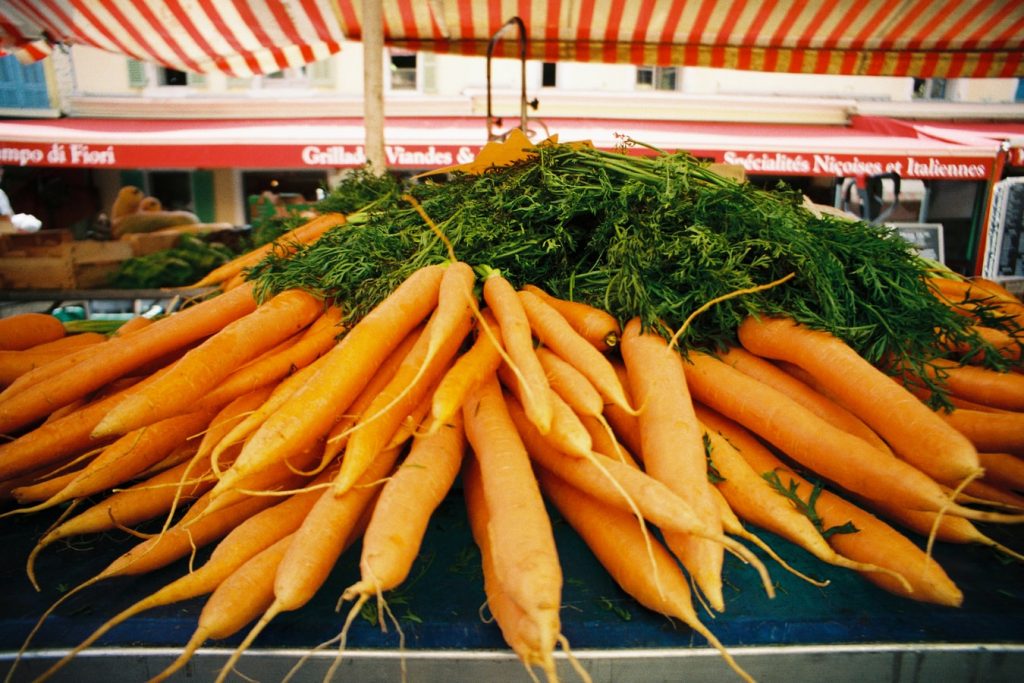
6. Celeriac
Celeriac is closely related to celery and forms a large bulbous mass at the base of the plant. It is this mass which is favoured for its fresh celery like taste. If grown in the vegetable plot it is best stored in the ground until its ready to be harvested. Alternatively the damp sand method works well here.
7. Swede
Swede is a root vegetable and member of the cabbage family. It is grown for its circular base or ‘bulb’ which is great roasted! These can store for several months in a cool, dark, ventilated cellar. Alternatively you can treat them like a carrot and cover them in damp sand.
8. Parsnips
Parsnips are a hardy crop that actually tastes better after some cold, winter frosts. These grow throughout the summer and can be lifted at will during the winter. This means they can be stored for a while outside but if they must be lifted treat them like carrots. These can also be layered and filled with damp sand.
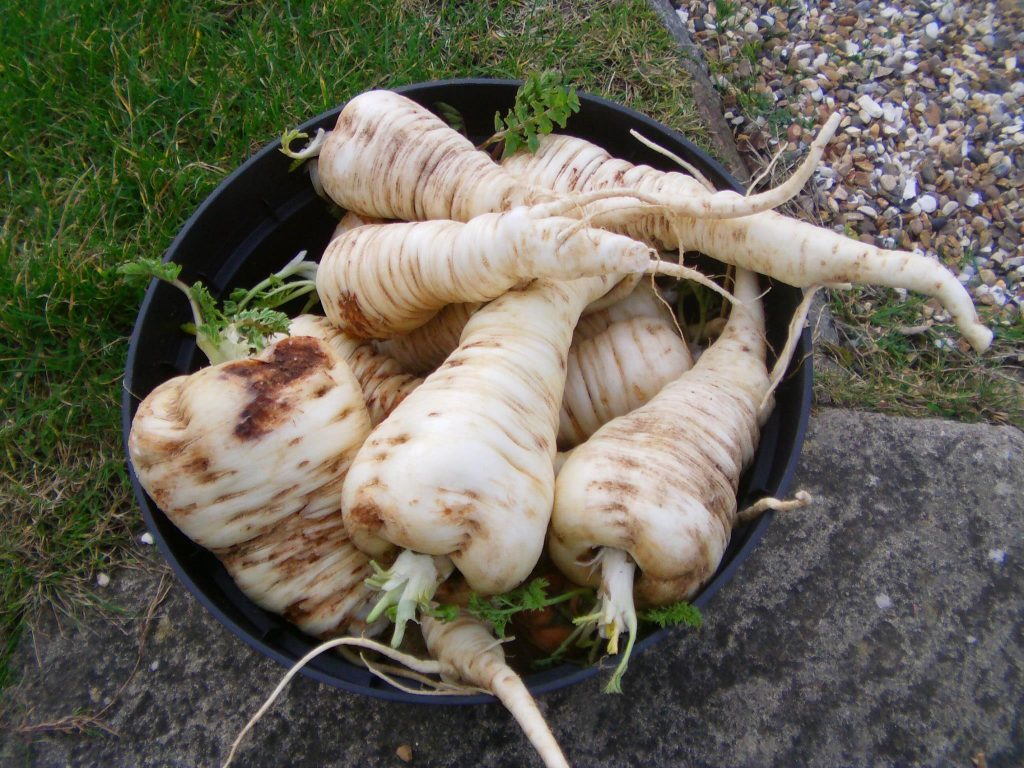
9. Turnips
Turnips are very similar to Swedes but are generally smaller and smoother. The flesh is also different in colour and texture. Turnips are also great for roasting and in soups and stews. These prefer to be cold and slightly damp when stored so damp sand is effective.
10. Beetroot
Beetroots are a favourite vegetable of many with the most striking deep, red bulbs and a sweet taste. Like many root vegetables it is best not to let them get too large and woody. Beetroot prefers to be stored in cold temperatures so is best stored in the fridge. Beetroots are also great for boiling and pickling.
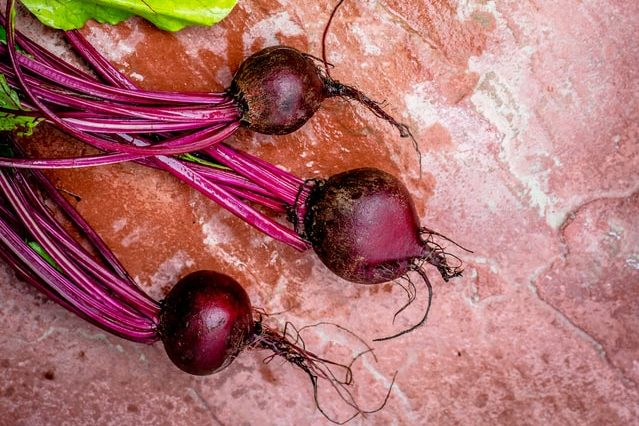
11. Sweet potato
Sweet potato is a real treat in the garden and the kitchen. It has to be said however that if you grow it on your homestead you need either a warm climate or polytunnel. When storing sweet potato a cool, dark place with good ventilation is best. Do not put sweet potato in the fridge as it can make them tough in the centre.
12. Cabbage
Cabbage is a much loved green, leafy vegetable which is both versatile and delicious. The great thing about cabbage is it can be stored outside in the vegetable beds all winter. Spring cabbage can also be planted to fill the hungry gap early on in the growing season. Cabbage can be stored in the fridge as well as fermented into sauerkraut.
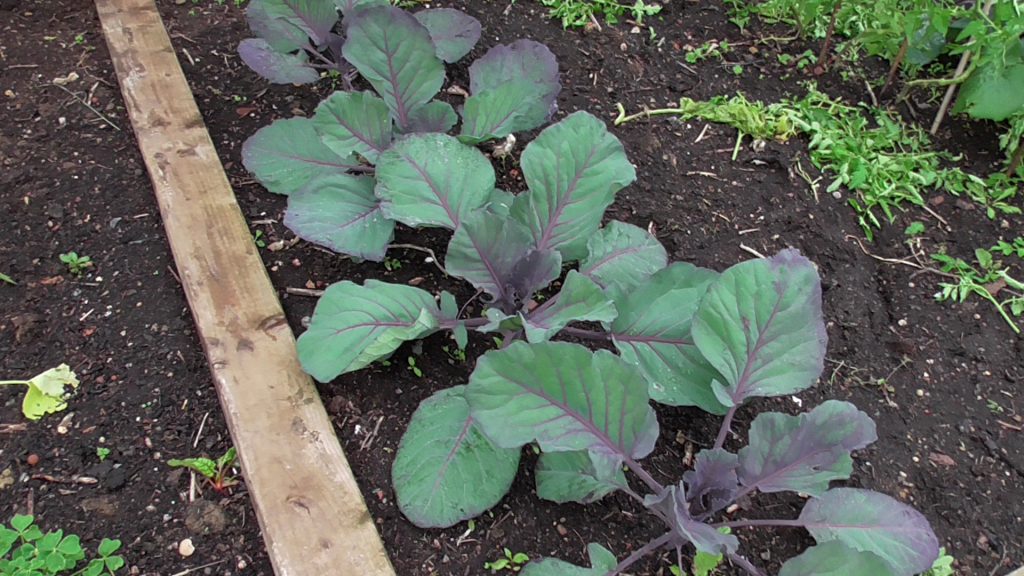
13. Beans
Beans are an extremely popular crop and come in so many different shapes and sizes. Not only are they effective at making use of vertical space they also add nitrogen to the soil. Beans can easily be dried at the end of the season and stored for many years! All you have to do is make sure that your beans are thoroughly dry before storing.
14. Jerusalem artichokes
Jerusalem artichokes are a tuberous vegetable popular in soups but can also be roasted. What is great about these is they can pretty much be stored in the soil all winter long. This makes them a useful survival crop which is not that fussy. Very much like other root vegetables they store best in damp sand.

15. Kohlrabi
Also known as golden turnip this unusual vegetable is closely related to wild cabbages and is eaten raw or cooked. This vegetable has become quite popular in Indian dishes and goes well with spices.
In terms of storage it will not keep too long out of the ground so store it in the fridge. Alternatively, time its growing so it’s ready to harvest in winter, just pick it when you need it.
16. Oca
Oca is a small tuberous vegetable from the South American Andes Mountains. This interesting crop is starting to become more common as it has edible tubers and foliage which has a lemony taste.
What is particularly useful about this plant is the tubers will simply store in the ground all winter. This means it is a great survival food to keep in parts of the garden. Alternatively wash well, dry and then store in a cool dry place.
17. Chestnuts
Chestnuts are a fantastic crop if you have the space, Chestnut trees can get exceptionally large although dwarf varieties are now available. These nuts ripen in autumn and are the perfect storage crop for the winter. Rich in omega 3 fatty acids these nuts are best dried for long term storage.
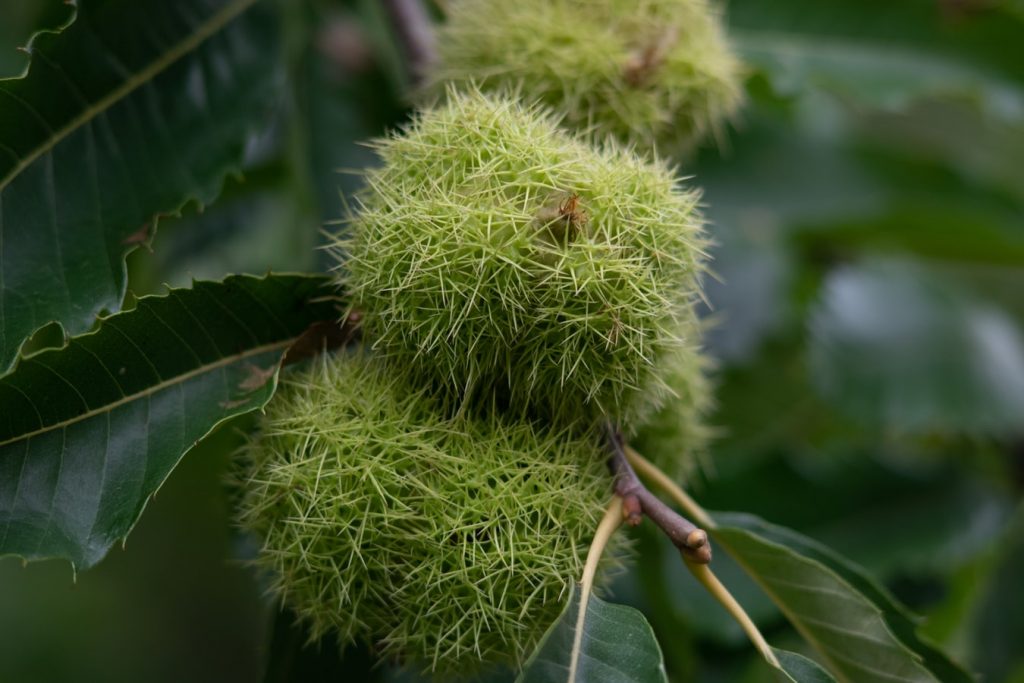
18. Apples
Apples are a staple fruit enjoyed by many especially in temperate climates. However having apple trees can be a tale of boom and bust. Growing apples in your garden can mean you get a glut all at once. A way around this is to store them! This can be done by wrapping them singly in newspaper, stacked on wooden racks or made into preserves and cider.
19. Grapes
Grapes can be an extremely rewarding crop to grow in the garden or self sufficient homestead. Grape vines can climb over pergolas to provide shade in summer and also have excellent autumn colour. These can easily be dried in to raisins or made into chutneys and preserves. Grapes can also be made into wine which can store for many years.
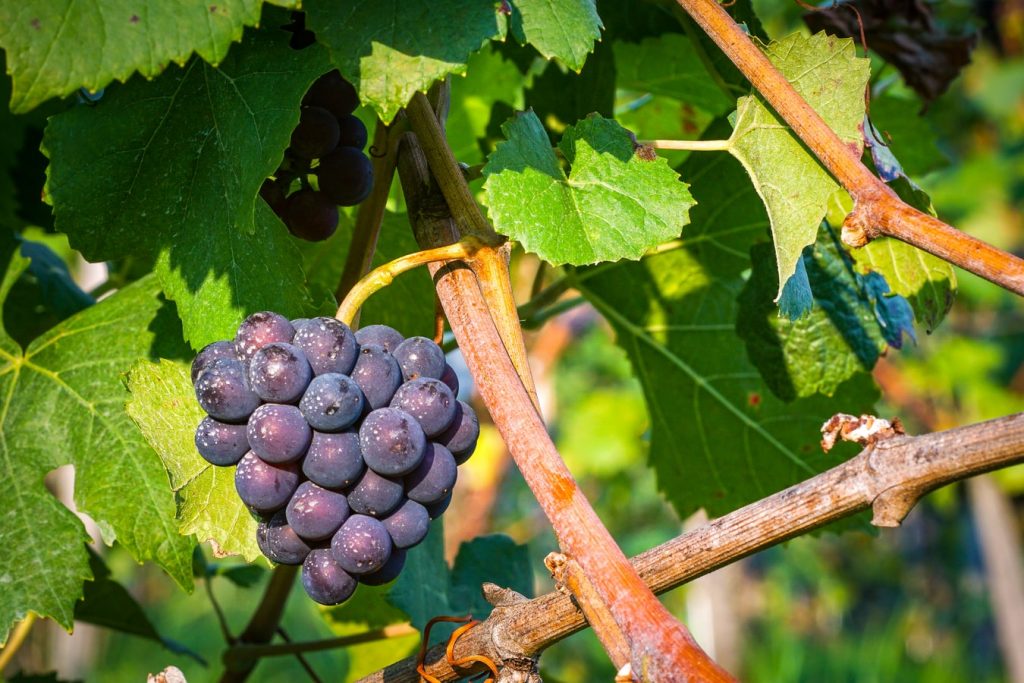
20. Walnuts
Walnuts are a real delicacy and especially from a tree in your own back garden. Although they are rather laborious to harvest and shell they are a great, quick snack and fantastic in deserts. Like all nuts these can store for years if dried. Walnuts can also be pickled for long term storage.
21. Hazelnuts
Hazlenuts or their more cultivated varieties like cobnuts are a fantastic crop for the self sufficient homestead. These trees are easy to keep compact and can also look extremely attractive. Like Chestnuts and Walnuts once these reach maturity they will produce year after year. These are best dried and then stored in jars or simply kept in their husks.
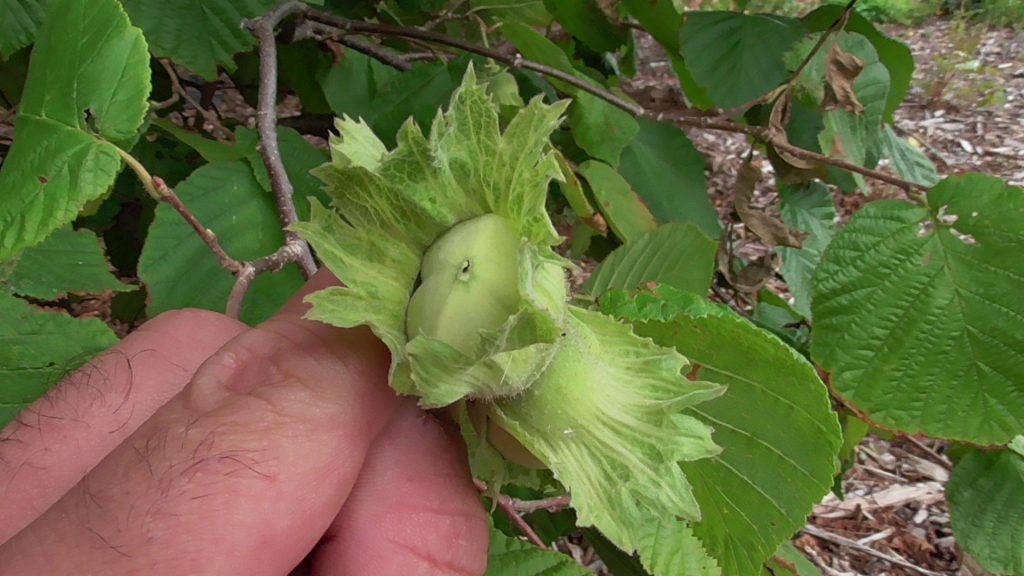
22. Radish
Radishes are great for producing quick and tasty crops at the colder ends of the growing season. These can be grown as filler crops while other, larger crops become established. They have a sweet freshness with a slight heat, perfect for stir-fry’s. Best stored like carrots in damp sand or sown in autumn so harvests are sitting ready in winter.
23. Leeks
Leeks are an excellent crop and one which can be incorporated into stews, stir-fry’s and soups. A personal favourite of mine is leek and potato soup perfect for stored winter ingredients. Leeks will put on size growing all summer and can be picked at will during winter. Leeks can effectively be stored in the ground this way all the way up to March. I don’t bother any other way!
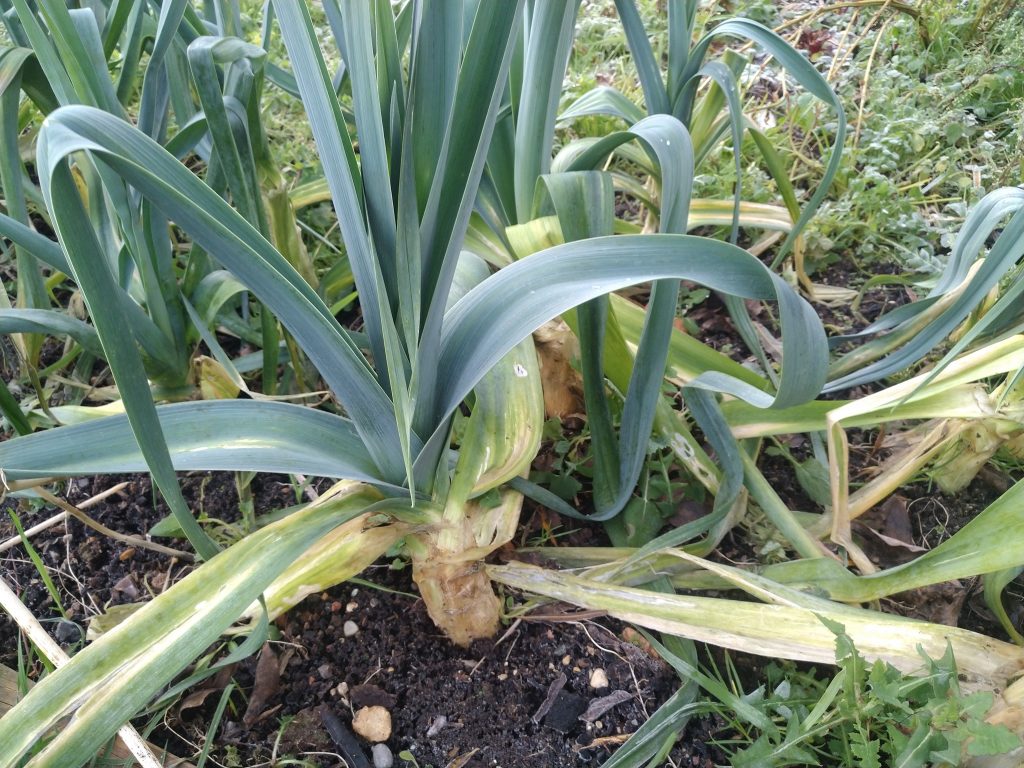
24. Marrows
Marrows are a real crop of the summer! These can be harvested early as courgettes, roasted or stuffed with mince meat. Known as a summer squash these are not thought of something you can store in the winter.
However I have stored these successfully whole until late January so it can be done! You have to make sure the fruit is fully ripe with a hard skin, keep these in a cool dry place! The flesh can also be dried and rehydrated for winter cooking.
25. Chinese yam
This less well known yam is native to China and has become popular with people interested in temperate climate food forests. It can tolerate cold winters and if planted in deep soil can produce long, thick, tasty tubers. What is great about this yam is it can be harvested when needed at any time of year. This makes it another great survival crop for long winters and emergencies.
26. Brussels sprouts
Brussel sprouts are a well known vegetable and member of the Cabbage family. Generally associated with crying children at Christmas time this edible bud is not appreciated by everyone! They are however extremely nutritious and perfect as a winter stored vegetable. Generally the buds can be picked fresh until late winter and store better on the stalk.
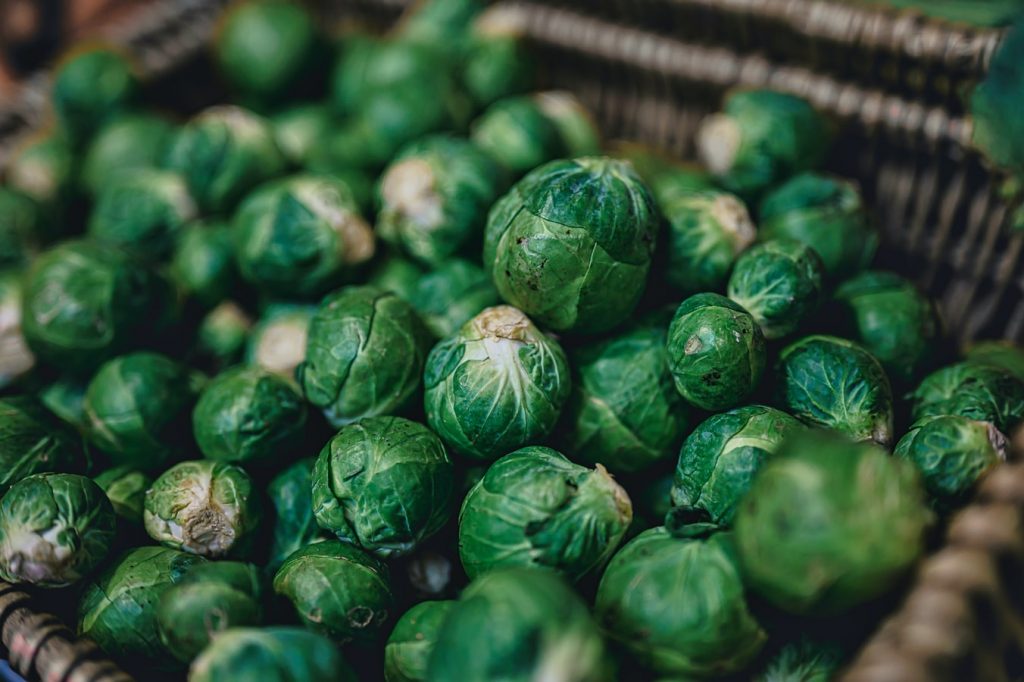
27. Kale
Another relative of the cabbage kale is the perfect vegetable for winter storage. Very much like leeks these grow during the summer months and mature just before winter. The result is an abundant supply of leafy greens during the winter months. In spring the kale bolts with the opening flowers producing an excellent broccoli crop.
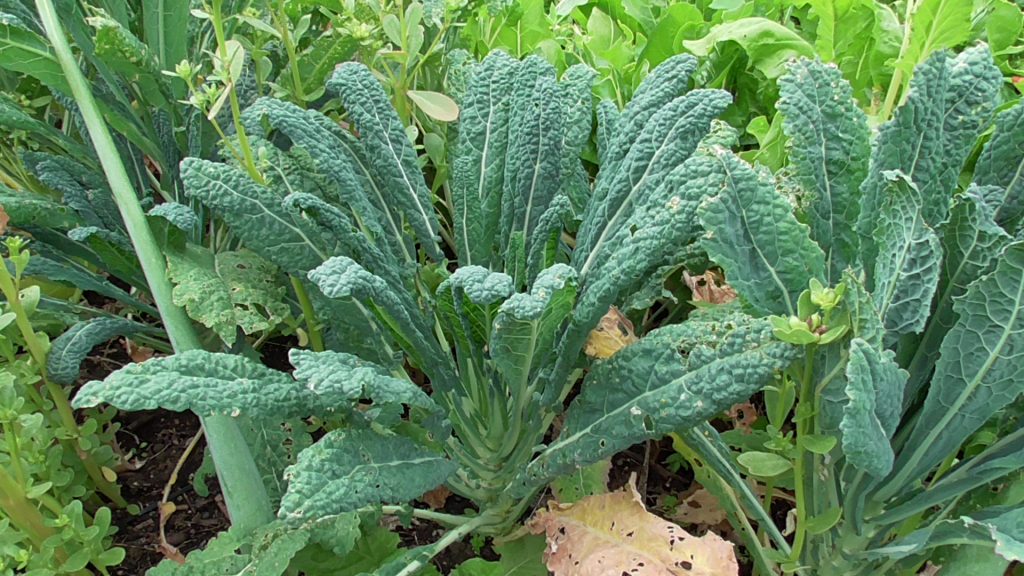
28. Chard
Very much in the same way as kale this leafy green stores itself for you all winter. propagate young plants to maturity in late summer and they will slowly produce crisp stems and leaves for the winter months. If cut back in late winter they will throw up fresh greens perfect for spring salads. Chard is the ultimate self sufficiency crop for the temperate homesteader.
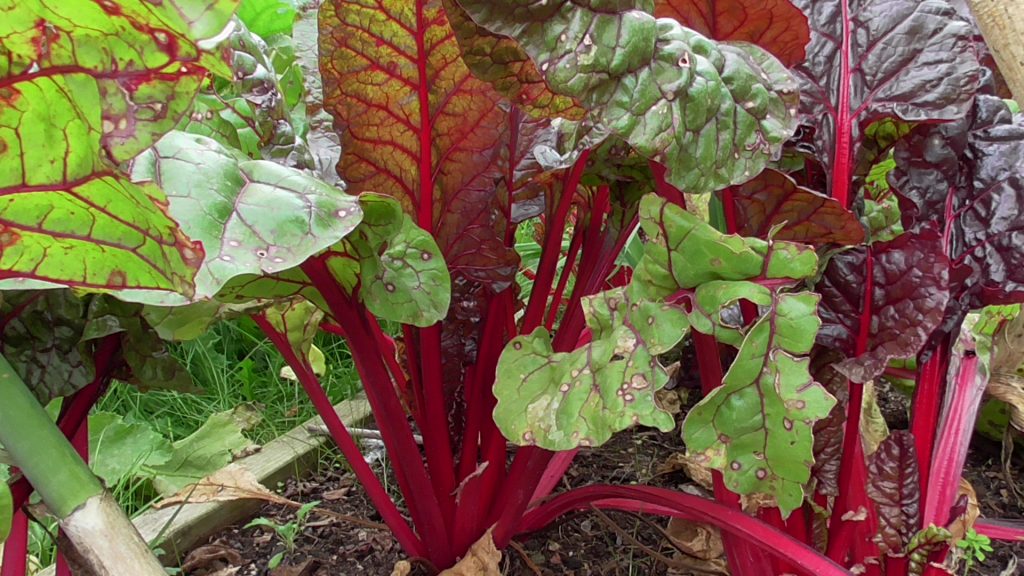
29. Tomatoes
There are not many people out there who do not appreciate this amazing fruit. Its use is wide spread in nearly every dish there is from salads to curries, soups, stews and pasta sauce. Not commonly thought of as a winter storing crop indeed there are many ways to store it.
This is particularly the case if you have a glut at the end of the season. They can be boiled up in large batches and canned or jarred for winter sauces. They can also be dried, made into chutneys or pickled. Unripe, green tomatoes can also be pickled in vinegar and are excellent with beer.
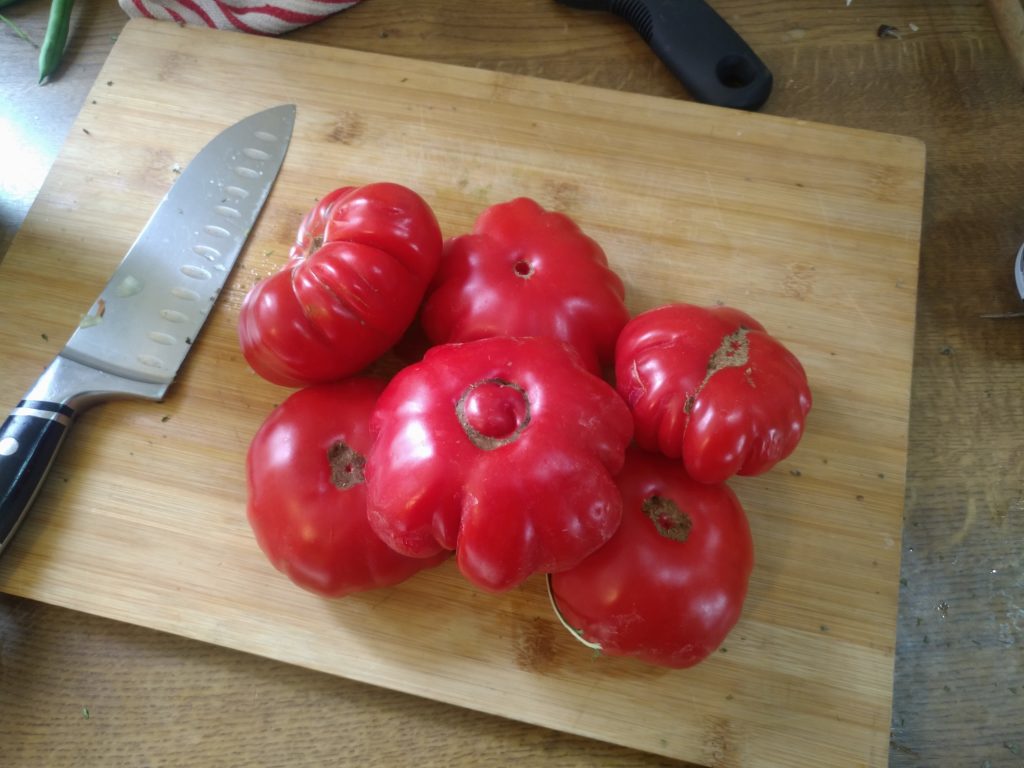
30. Gherkins
Now I am sure there are many people that do not love a gherkin! That said, for anyone who has successfully grown will tell you they are prolific producers. If grown in a warm polytunnel with a big root run they literally produce hundreds of fruit.
This makes them the perfect candidate for pickling where they acquire a taste all of their own! Gherkins are best monitored daily and picked young for the best results. Self sufficient homesteaders should be ready to pickle on mass when they are fruiting! You will be rewarded with an endless supply of winter delicacies which are amazing with cheese and crackers.
31. Mushrooms
If you are into growing or foraging mushrooms these can be perfect for winter storage! Typically a product of late autumn they are fantastic on pizza or in pasta sauces.
Growing them can be a success story for some but hit and miss for others. I personally find the best way to store these for winter is by drying them thoroughly. They can then be easily rehydrated at will when cooking a number of winter dishes.
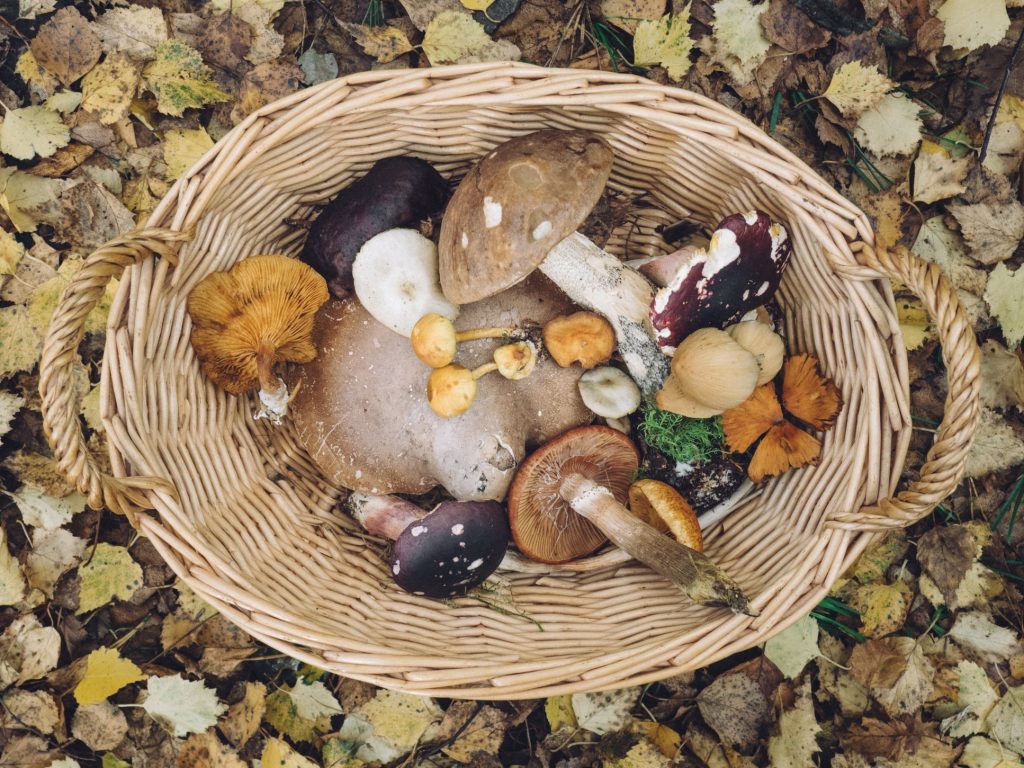
32. Aubergines
Aubergines otherwise known as eggplants are a fabulous crop typical of Asian, African and Mediterranean cooking. They have an interesting texture and can be, fried, roasted or stewed down into stews or curries.
They are a dominant ingredient in one of my favourite dishes, Moussaka. Known to be difficult to store fresh these are very good for drying. If dehydrated well these will last all winter long providing you with an exotic treat in the depths of the cold season!
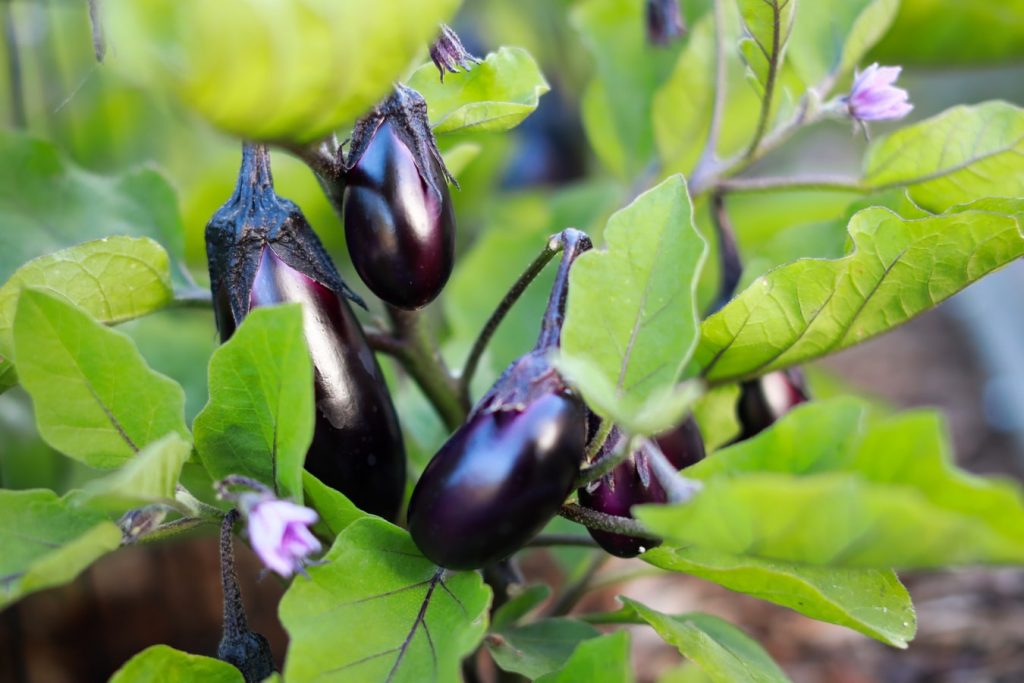
Thank you for reading our article on ‘best crops for winter storage’. As I am always seeking to improve my knowledge and articles please let me know if I have missed anything. You can message or comment.
Back to home

How Self Sufficiency and Homesteading can stop Climate Change

How much land do you need to be self sufficient?
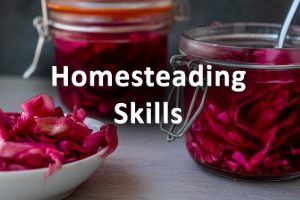
Homesteading skills, for Self Sufficiency

Homesteading Checklist for self sufficiency

A beginner’s guide to self sufficiency & its benefits
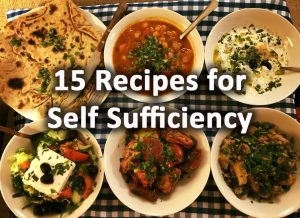
15 recipes for self sufficiency

How many chickens do you need to be self sufficient?

27 foods you can forage for free near your home
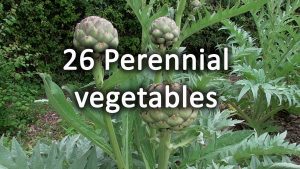
26 Perennial vegetables for the garden

Self sufficient homes

31 Homesteading projects

15 Ways to Store Food without Electricity

The best Climate for self sufficiency

The most useful 22 Trees for a self sufficiency & homesteading
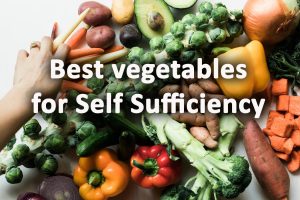
31 Vegetables for self sufficiency

What animals do you need to be self sufficient?

How to stop Climate Change with Crops – Crops for climate change
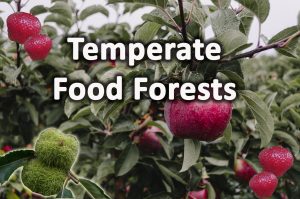
Temperate Food forests

32 Homesteading products for self sufficiency

10 Ways to Sustainably Heat Your Home

10 Ways self sufficient homesteading can be good for your health
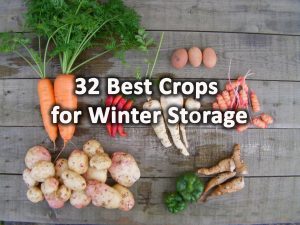
32 Best Crops for Winter Storage
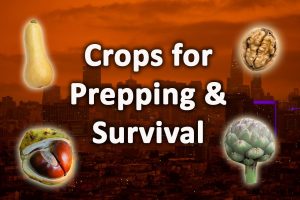
34 crops for prepping and survival
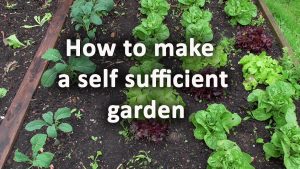
How to make a self sufficient garden
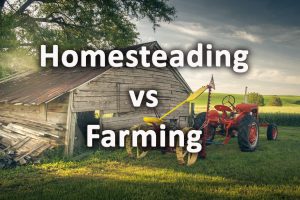
Homesteading verses farming what’s the difference?
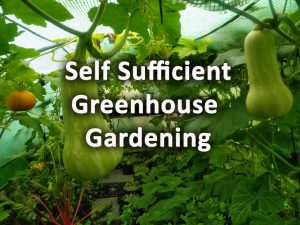
Self sufficient greenhouse gardening

12 Crops which add nitrogen to the soil

32 of the best crops for Polytunnels

12 Best Crops for Carbon Sequestration

